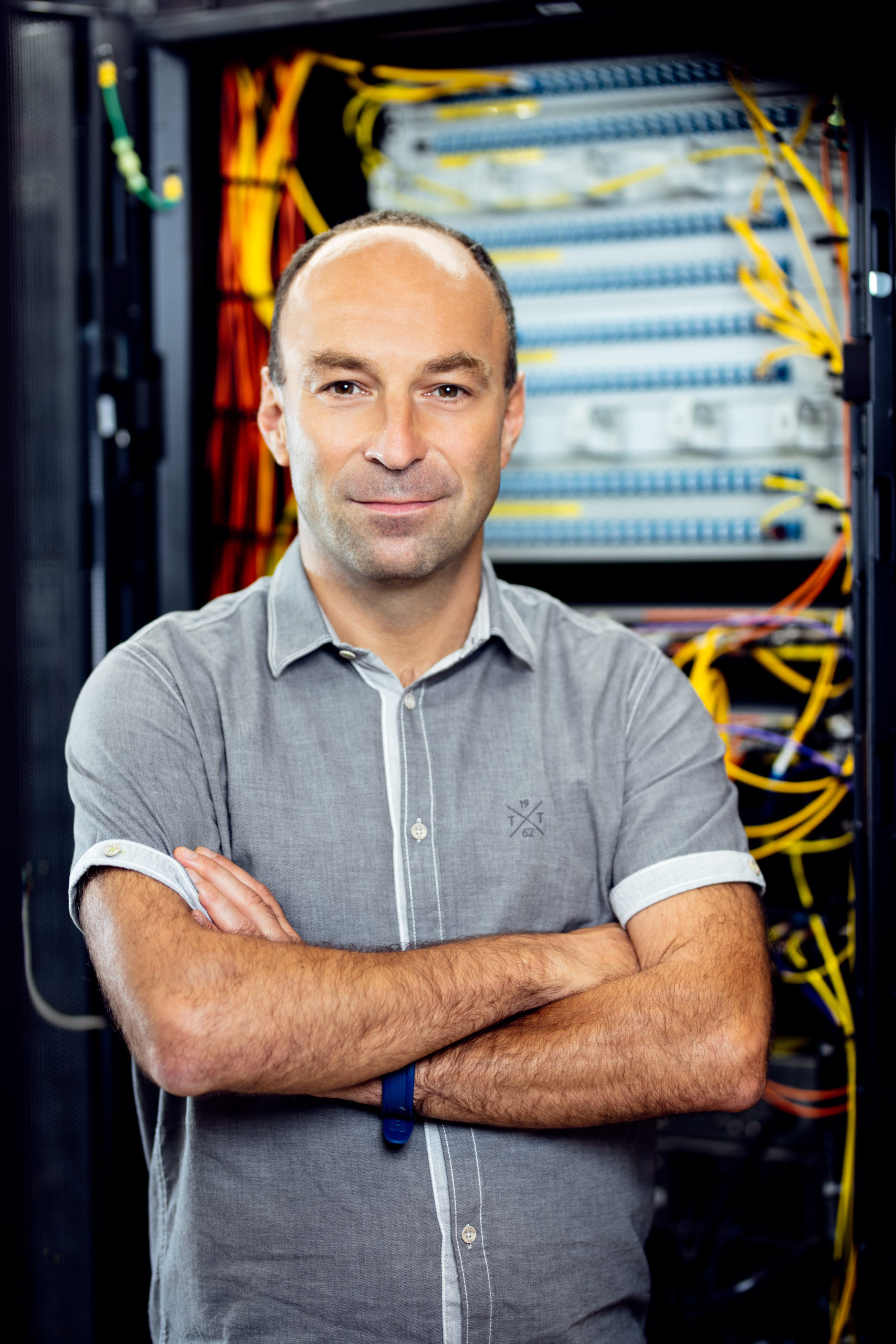Vast quantities of data also signify huge energy consumption. Developers face the task of processing so-called “massive graphs”, i.e. enormous amounts of information and relationships between information nodes, and they have to do this in times when energy is in increasingly short supply. For almost a year, researchers involved in an EU Horizon project have been working on a holistic model to address the ongoing challenges. The goal is, among other things, an energy label for software codes (just like on refrigerators).
While the digital transformation saves the environment and allows self-driving cars to navigate through cities more efficiently, the computing power involved in data transmission and processing also consumes energy and produces CO2 emissions.
The project “Extreme and Sustainable Graph Processing for Urgent Societal Challenges in Europe” brings together researchers from twelve institutions under the leadership of Radu Prodan (Department of Information Technology at the University of Klagenfurt) to work on processing the so-called “massive graphs” more efficiently. By this, they mean vast quantities of information, so-called nodes, which are related to each other.
One of the use cases in the project focuses on supercomputing. “With an output of around 10 to 20 per cent, supercomputers are very inefficient, which means that they operate in vain around 80 per cent of the time. Green supercomputing is concerned with organising computing power in a more efficient way so that less energy is consumed overall”, Radu Prodan explains. The project team seeks to take a holistic view of the problem and therefore takes a multi-level approach: “We have to display the graphs in real time, even though there is constant flow of data. That is challenging. We also need efficient, analytical algorithms to generate information from the vast volumes of data. We further want to adapt the hardware components to the algorithms. Finally, we are building a simulator to better understand where most energy is consumed within the system”, Prodan elaborates on the project objectives. One way to make this visible is to use an energy label similar those found on refrigerators; one code would therefore be an A++ and another would be rated C or D. “There is still too little awareness of the potential for savings in the processing of data. We want to highlight this potential and offer solutions,” Radu Prodan sums up.
The project has already yielded initial results, which have been presented at three events in Portugal, Romania and the USA so far.
The project is coordinated by the University of Klagenfurt. The project partners are IDC Italia, Peracton Limited, Institut Jozef Stefan, SINTEF, Universiteit Twente, metaphacts GmbH, Vrije Universiteit Amsterdam, Cineca, Event Registry, Università di Bologna and Robert Bosch GmbH.
.
Photocredit: © Daniel Waschnig










